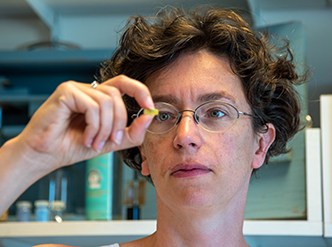
Art and science from Pompeii to Rembrandt
October 2, 2019 | Issue 48Applying high-tech science to the study of ancient art and famous paintings has been a rewarding career choice for synchrotron scientist Marine Cotte.


Applying high-tech science to the study of ancient art and famous paintings has been a rewarding career choice for synchrotron scientist Marine Cotte.
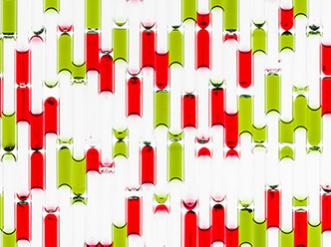
You don’t have to be a researcher to take part in worthwhile scientific research. Find out about some of the less visible roles that keep the science happening.
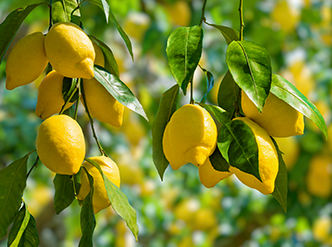
How can you make oil and water stay mixed? A scientist’s curiosity about a lemon liqueur has revealed how to do this – with some promising industrial applications.
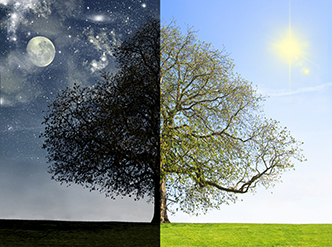
New research is shedding light on the internal ‘clocks’ that help plants respond to changing day-night cycles.
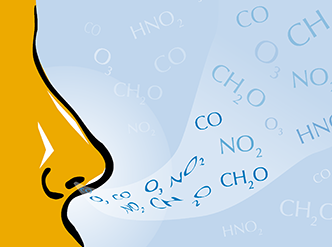
New studies are uncovering how emissions from daily household activities pollute the air we breathe at home.

Science in School is published by EIROforum, a collaboration between eight of Europe’s largest intergovernmental scientific research organisations (EIROs). This article reviews some of the latest news from the EIROs.
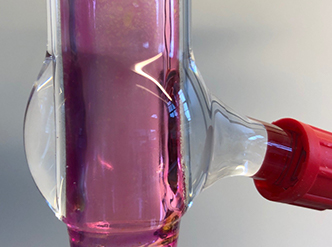
Witness a spectacular chemical reaction and take some careful measurements to work out the empirical formula of a compound.
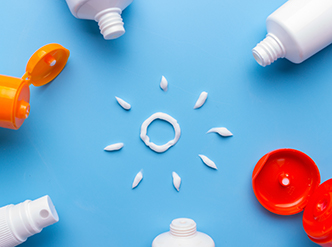
Encourage students to stay safe in the sun with a collection of activities to discover the science behind sunscreen.

Connect your class with scientists across Europe in a video-conference exchange – and find out about life as a scientific researcher.

Shorter days and cooler weather signal that it’s time to turn back the clocks, marking the end of daylight saving time. The darker evenings can knock our body clocks out of sync, taking a few days to readjust.